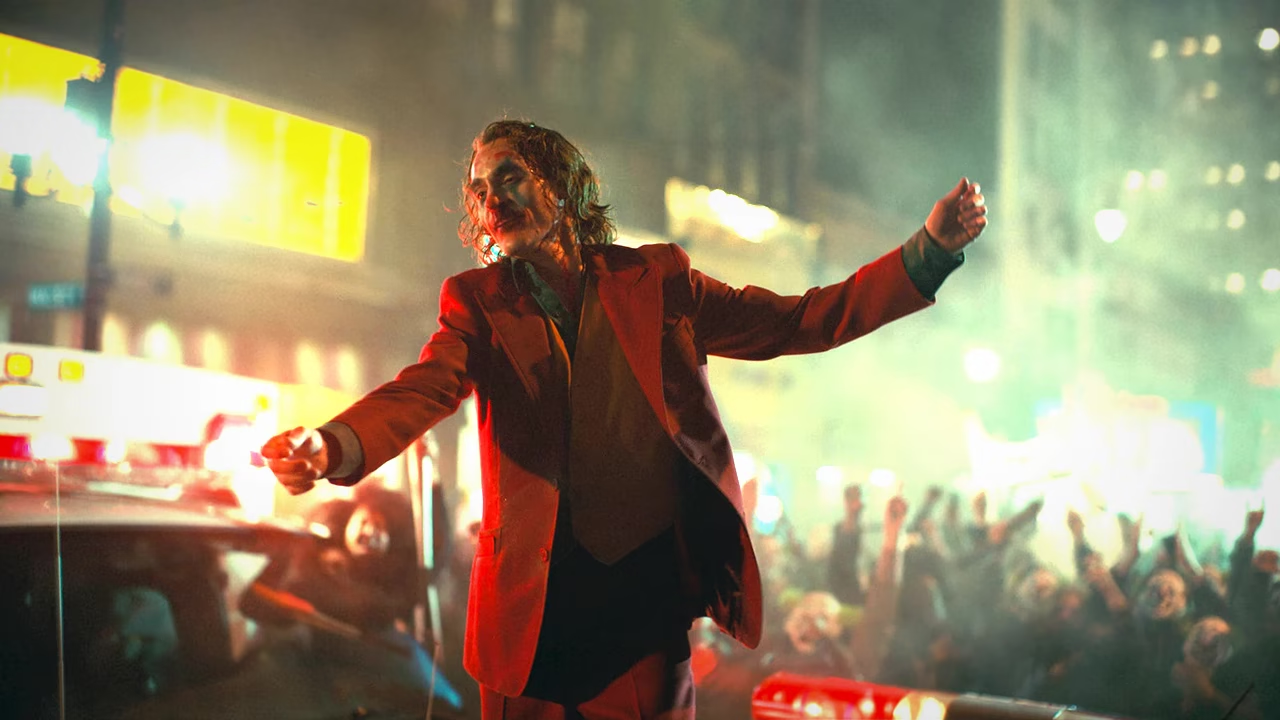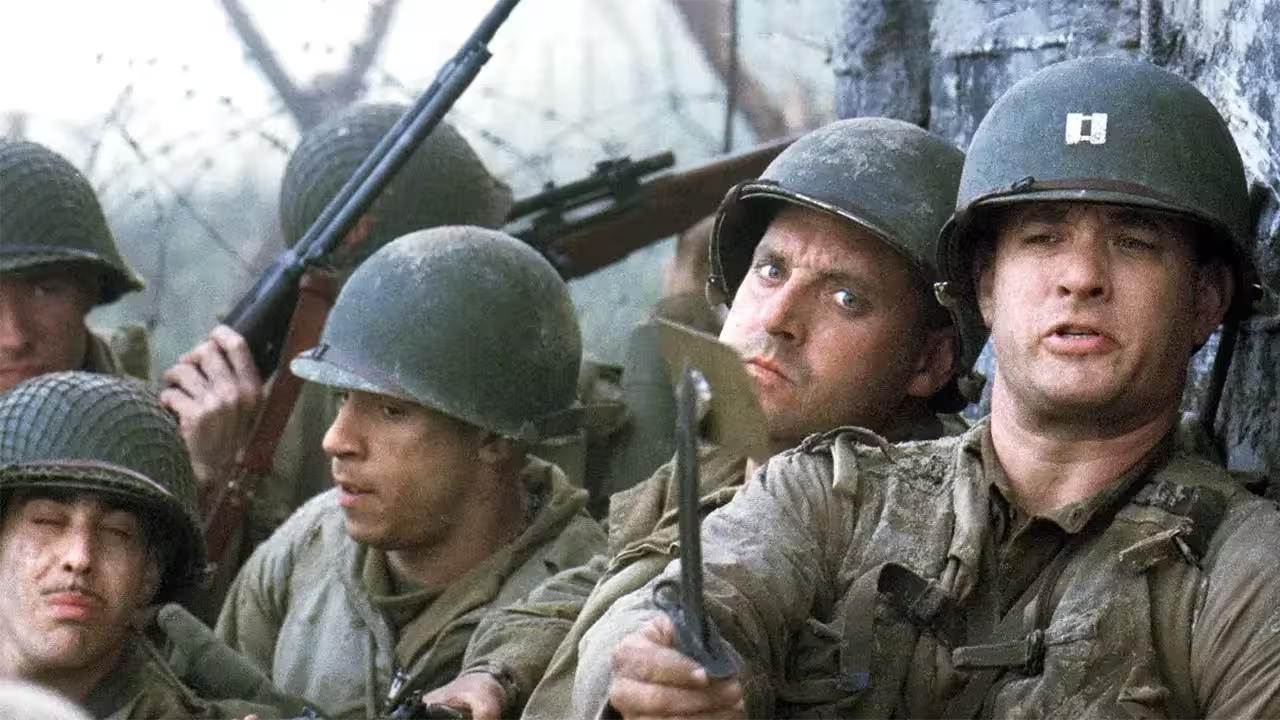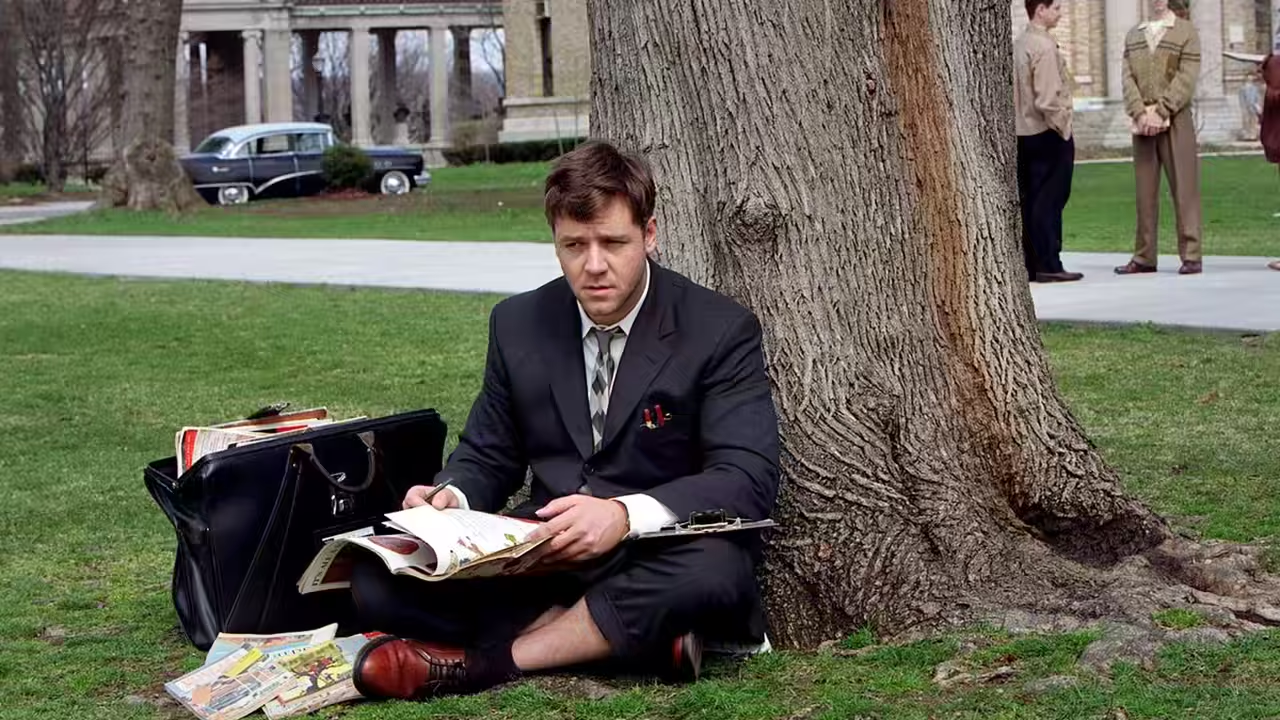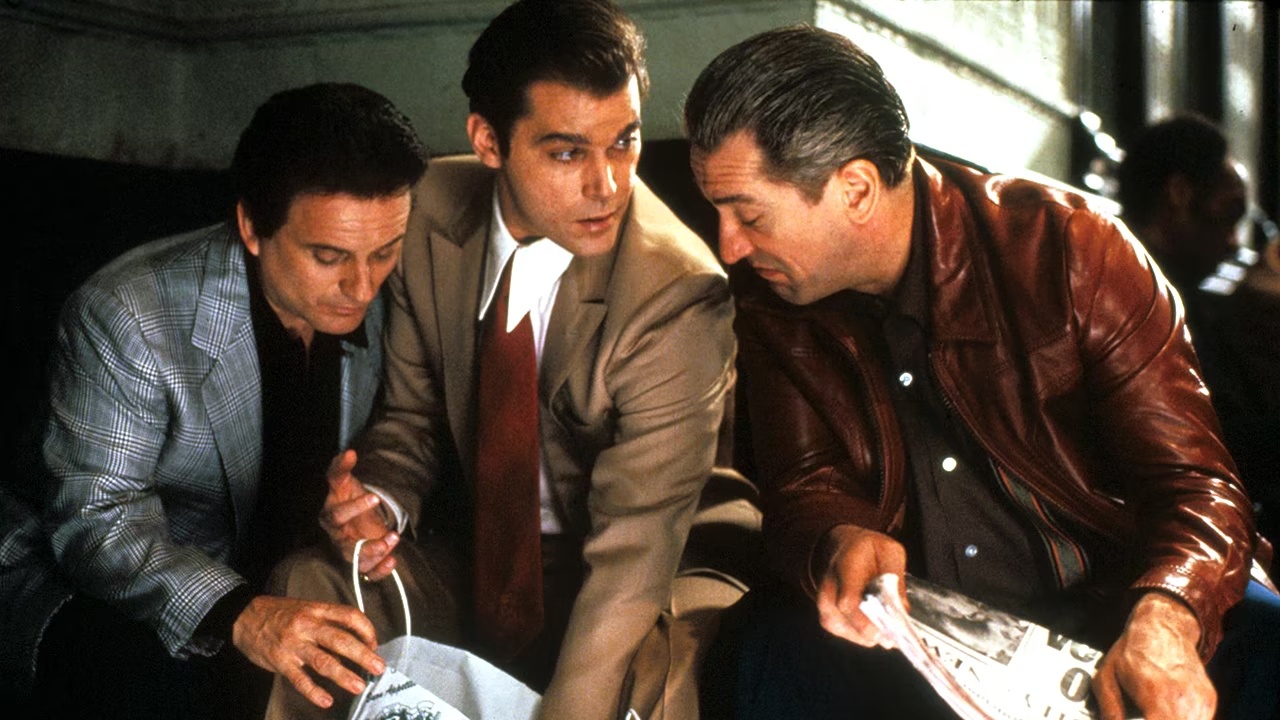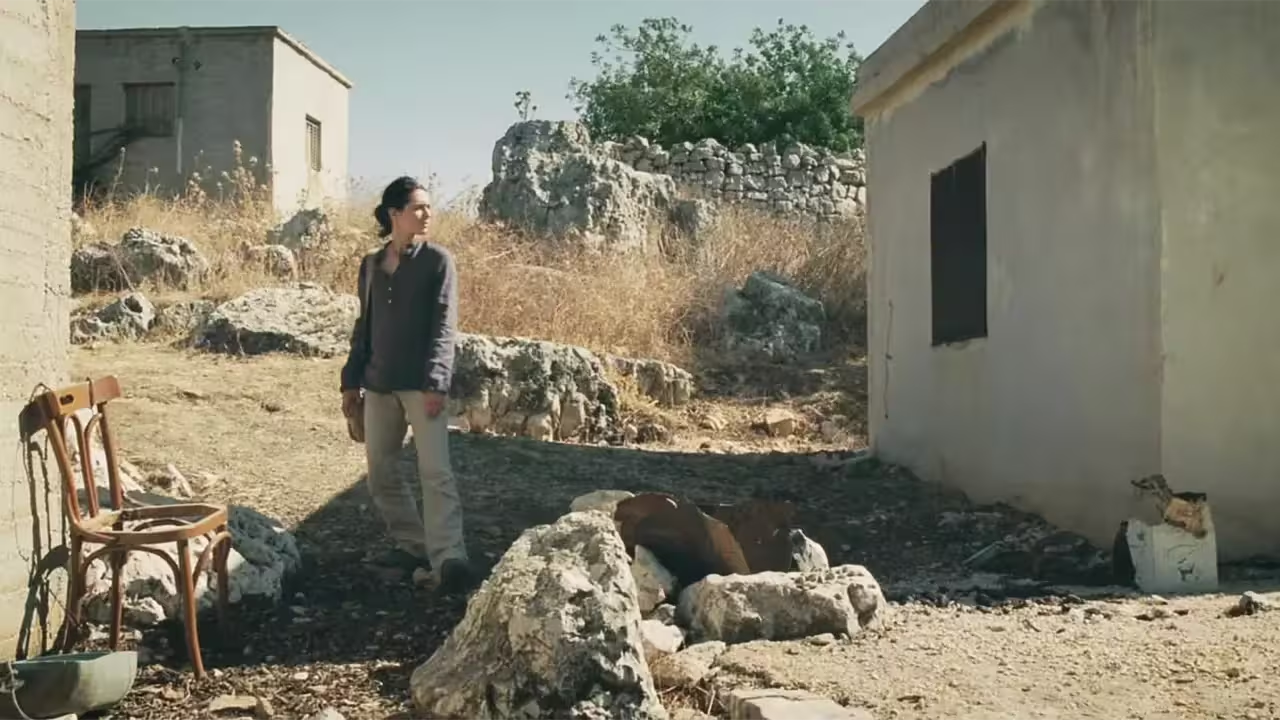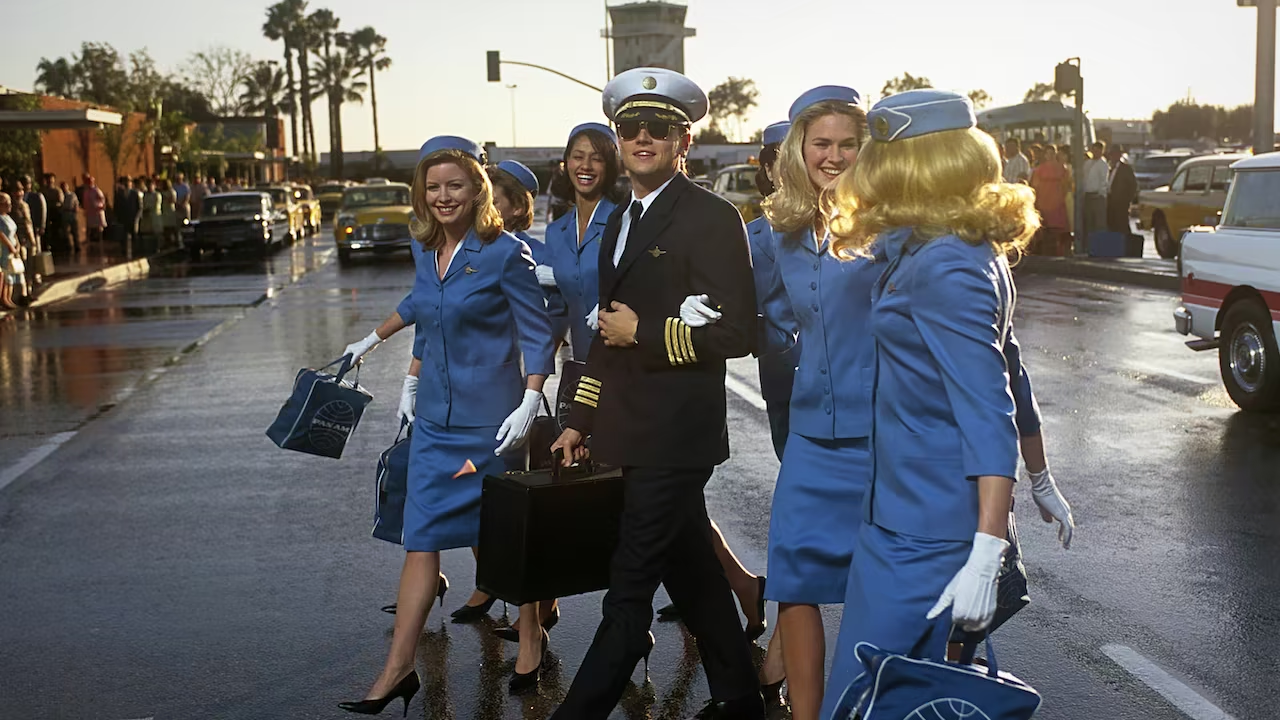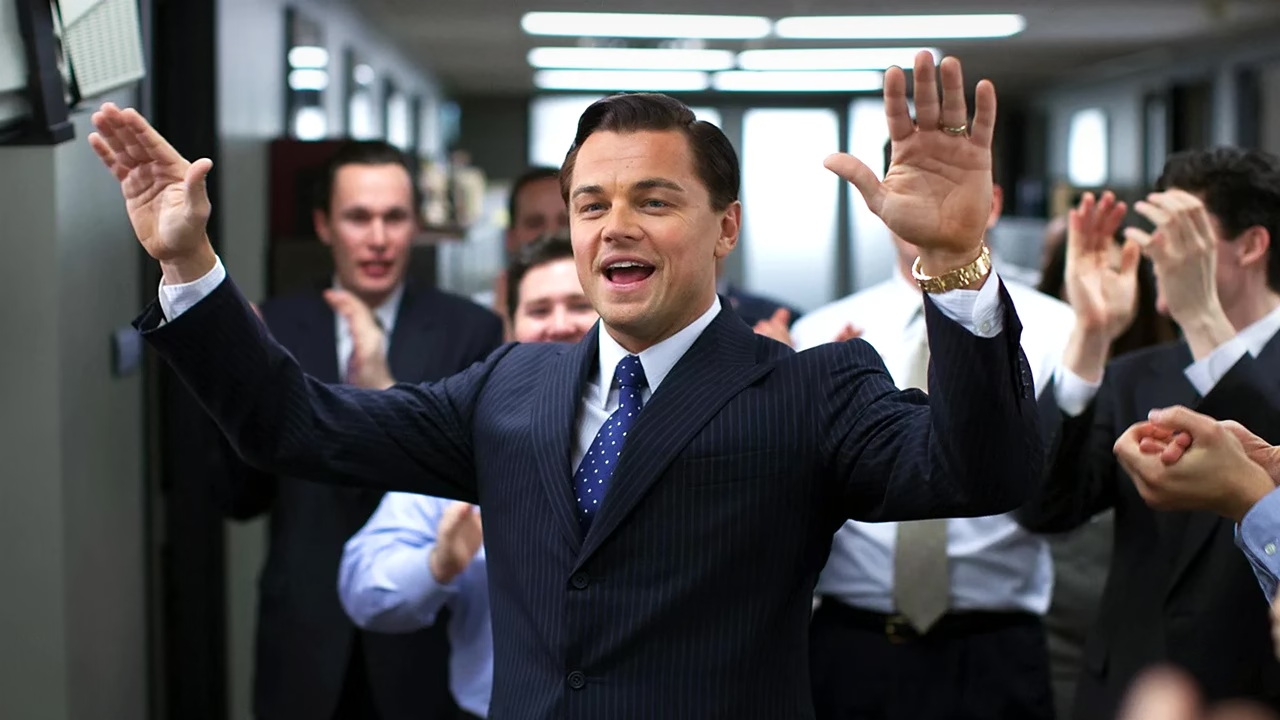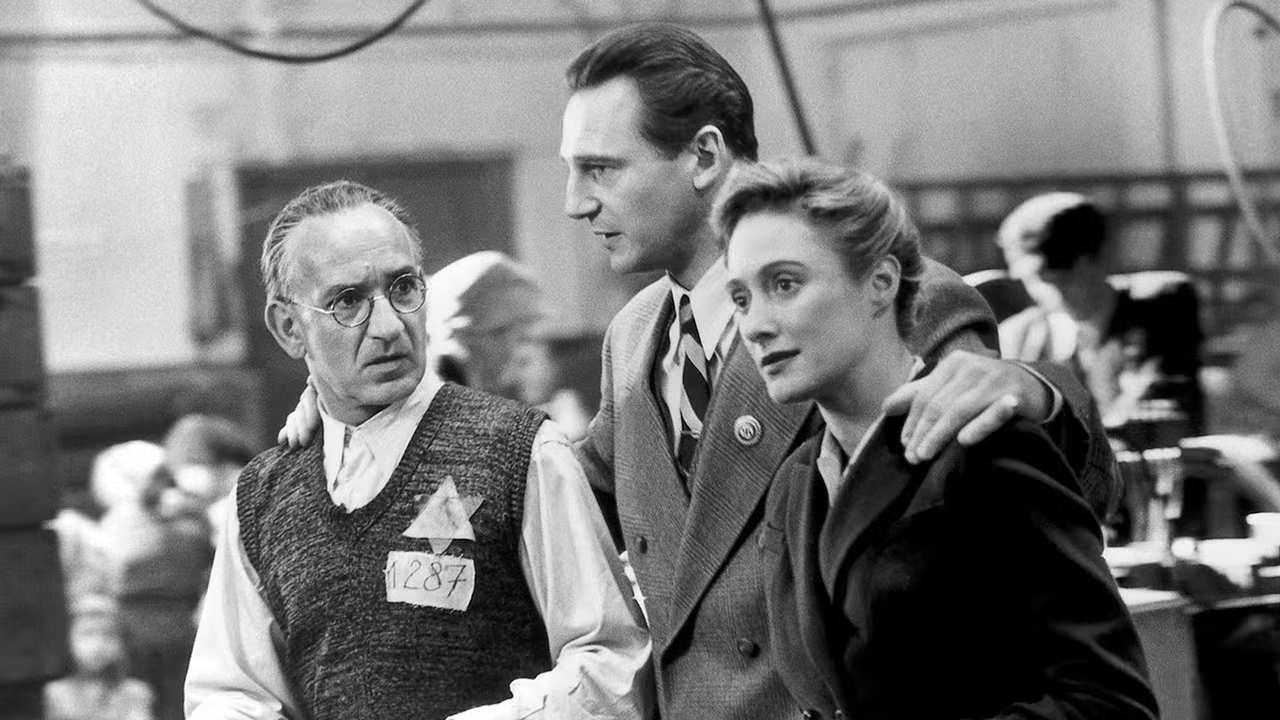
Steven Spielberg’s masterpiece Schindler’s List (1993) transformed the true story of an unlikely Holocaust hero into one of cinema’s most powerful testimonies to human courage and moral awakening. Shot almost entirely in stark black and white, the film chronicles the remarkable journey of Oskar Schindler (played by Liam Neeson), a German industrialist and Nazi Party member who arrived in occupied Poland seeking fortune but ultimately spent his entire wealth saving over 1,100 Jews from the Holocaust. The film opens in Kraków in September 1939, when Nazi Germany’s invasion of Poland sets in motion a chain of events that would test the limits of human cruelty—and one man’s capacity for redemption.
War Brings Schindler’s Arrival
Schindler’s List begins its story by depicting a Polish Jewish family engaged in worship. Slowly, the candles in front of them start to fade, and the vibrant colors of the film’s screen transition to black and white. The scene then moves to a narration of events in September 1939, when Polish forces were defeated by Nazi Germany in just two weeks through their legendary blitzkrieg (lightning-fast) attack. From that moment, the lives of Jewish communities changed drastically, shifting from joyful to filled with despair. The Nazis required Jewish families living in suburban areas to register all their family members for relocation to urban centers.
In another setting, a restaurant introduces us to a wealthy businessman from Czechoslovakia. His name is Oskar Schindler, the protagonist in this movie. He arrives in Poland with the intention of becoming an entrepreneur by establishing a metal factory to produce tools urgently needed for the war effort. Schindler is portrayed as a greedy man, yet highly skilled at winning people over. This is evident when, within mere hours at the restaurant, he effortlessly befriends several Nazi officers by treating them to drinks. Naturally, this tactic was employed to further his business mission in Poland.
Schindler then visits the office of the Judenrat, a council composed of 24 selected members tasked with maintaining detailed records of Jewish residents and serving as a place for their complaints. There, Schindler seeks out a Jewish accountant named Itzhak Stern (Ben Kingsley). Schindler explains that he plans to establish a metal factory to produce war tools and kitchen supplies for the Nazi military during World War II. Therefore, he requests Stern’s assistance in securing investments from wealthy Jewish individuals. Schindler intends to appoint Stern as the manager of the factory once it is operational. Initially, Stern declines the offer, but Schindler’s persuasive skills ultimately change his mind.
Building His Business Empire
Stern successfully secured two Jewish investors to fund the construction of the metal processing factory. Once the factory was completed, Stern trained the Jewish workers and took responsibility for managing the issuance of blue cards. For context, a blue card was a special identification for Jews during World War II, signifying that they were exempt from deportation to the ghettos because their skills were deemed valuable by the German authorities. Unfortunately, the Jewish workers at Schindler’s factory did not receive wages. Their salaries were confiscated by Nazi soldiers, while Schindler exploited this situation to maximize his profits by reducing the factory’s expenses.
As time passed, Schindler’s factory became highly successful, prompting him to send his gratitude to the Nazi officers who had allowed him to establish his factory on occupied land. Schindler also sought to bring some cheer to Stern by inviting him for drinks, though Stern’s expression reflected dissatisfaction, as he felt that his people were being exploited. Moreover, it was revealed that Schindler had broken his promises to the Jewish investors, who were now destitute and confined to the ghetto. The investors, who were initially promised significant returns by Schindler, were now left to struggle in dire conditions. At this stage, Schindler was still depicted as selfish and greedy, consistent with his initial portrayal.
Witnessing Ghetto’s Dark Horror
On March 13, 1943, the Jewish community in Poland faced its darkest day. The Nazis carried out a mass slaughter in the ghetto where the Jewish population had been forcibly relocated. Mercilessly, the soldiers shot helpless Jews one by one, looted their belongings, and set their rooms ablaze. Weaker and bedridden Jews in hospitals chose to end their suffering by consuming poison, as it was the only way to avoid the cruelty of the Nazi soldiers. Schindler, on horseback near the ghetto, was a silent witness to the unfolding carnage, frozen in horror at the atrocities he observed.

Explore More:
As the Nazis rounded up Jews for execution, the film highlights a little girl (Oliwia Dabrowska) in a red coat running to hide from them. This scene of the girl in the red coat is one of the few moments where color other than black and white appears in Schindler’s List, serving as a symbolic message. The red coat represents the vibrancy of life and hope for the Jewish people at the time. However, the brutality persisted throughout the day and into the night. Nazi soldiers searched every corner of homes, shooting any Jews they found. The massacre caused Schindler’s factory to shut down, as his workers, including Stern, were arrested and faced imminent execution.
Schindler then sought permission to reopen his factory from the commanding Nazi officer, Amon Göth (Ralph Fiennes). However, obtaining this permission was no easy feat. Schindler was forced to share his profits with Amon and had to allow Stern to continue working under Amon’s orders. This arrangement proved disadvantageous for Schindler, as the factory’s financial records were directly accessible to Amon, bypassing Schindler as the owner. Moreover, the Nazi officers frequently interfered in the factory’s operations. In one instance, a Jewish worker narrowly escaped death for being slow in producing hinges, saved only by the malfunction of two Nazi soldiers’ pistols.
Schindler’s Growing Rescue Mission
The story continues with a Jewish woman approaching Schindler, pleading for him to save her elderly parents. At the time, elderly Jews were deemed useless by the Nazis and were typically executed. Among the Jewish community, it was well known that Schindler’s factory had become a refuge. This reputation arose because Stern secretly helped Jews by advising them to seek assistance from Schindler. When Schindler discovered this, he was furious with Stern, as such actions, if exposed to the Nazis, could jeopardize his life. Despite his anger, Schindler agreed to help the woman by bribing a Nazi officer with an expensive watch to have her parents included in the factory workforce.
The narrative then shifts to a mass health inspection conducted in the ghetto under Amon Göth’s command. Every Jewish man and woman, without exception, was ordered to strip and run in circles for individual health assessments. Some women, appearing pale, injured their fingers to draw blood, smearing it on their cheeks to look healthier and more robust. Those deemed healthy were allowed to return to their barracks, while the sick were sent to unknown destinations via train cars. Children were separated from their parents and transported to undisclosed locations, although some managed to escape and hide in what they considered safe spots.
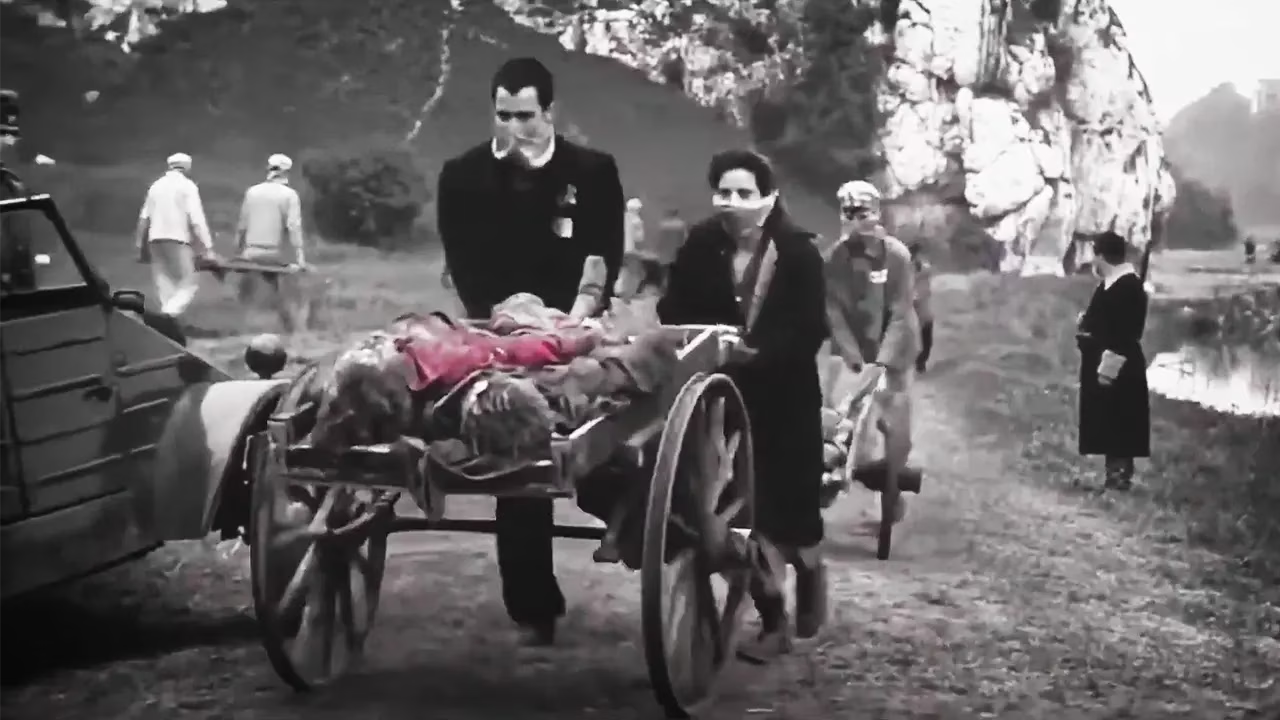
In April 1944, a mass cremation of Jewish corpses took place at Hujowa Górka. Over 10,000 Jewish bodies previously executed in the ghetto were burned, and the resulting black smoke darkened the skies over Poland, scattering ash from the remains. Among the heaps of corpses was a cart carrying the body of the little girl in the red coat. The sight deeply affected Schindler, who was devastated by the image of the girl’s lifeless body. He reflected on how the mass cremation and the treatment of human lives as disposable garbage were acts that crossed every moral boundary. This turning point transformed Schindler, who had previously shown indifference to the plight of the Jews, into a determined protector fighting for their survival during the war.
Saving Lives Until Peace
Schindler decided to use all his money to purchase Jews from the Nazis. He did this under the pretense of employing them in a factory he planned to establish in his hometown of Czechoslovakia. Schindler and Stern worked together to compile a list of Jewish names to be bought. This list would later become famously known as Schindler’s List, the title of the film. The purchased Jews were separated into groups of men and women and transported to Czechoslovakia by train. Upon their arrival, they were warmly greeted by Schindler, who even prepared hot soup and bread for them—simple comforts they likely had not experienced in a long time.
However, the train carrying the Jewish women was redirected to Auschwitz by German officials. It turned out that another industrialist had requested the women for labor. Schindler was forced to bribe the officials to ensure the women were sent to their intended destination. Fortunately, the Nazi officials accepted the bribe, saving the women’s lives. Schindler’s factory in Czechoslovakia operated for only about seven months. Its primary purpose was to serve as a haven for Jews rather than a production site for ammunition and grenades, as Schindler had promised the German authorities. Instead, the factory merely stamped its label on products sourced from other factories.
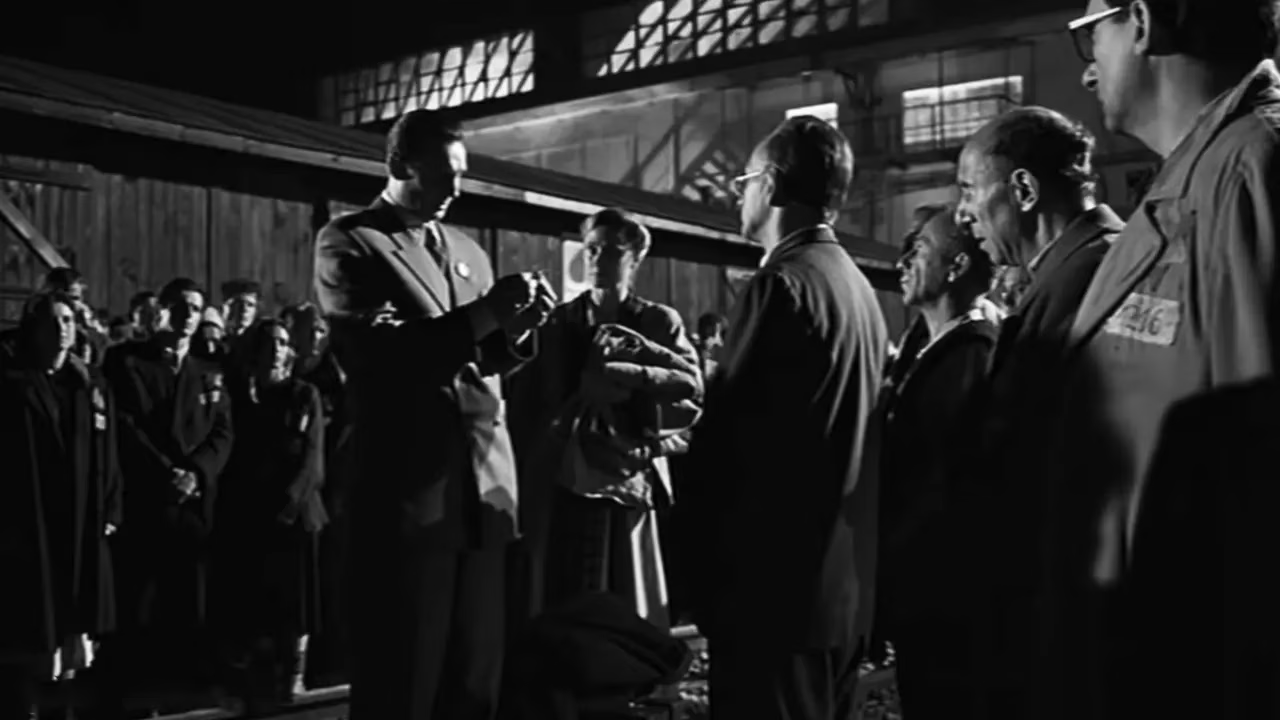
During this period, Schindler spent millions of Reichsmarks to feed the Jewish workers and bribe German officials to ensure their safety. Soon after, news broke on the radio that Germany had surrendered unconditionally to the Allies, particularly the Soviet Union. This marked the end of the war, with Germany relinquishing all occupied territories in Europe. Schindler, however, had to flee to escape Soviet retribution, as he was a member of the Nazi Party who had aided Germany’s war efforts. On the night of his departure, Stern, on behalf of the Jewish workers, presented Schindler with a gold ring inscribed with a verse from the Talmud: “Whoever saves one life saves the world entire.”
Schindler saved 1,100 Jewish lives but was overcome with sorrow and regret that he could not save more. He lamented that if only he had raised more money and been less wasteful, he might have saved even more Jews. The next day, the Polish Jewish survivors were liberated by the Soviet Army. Amon Göth was later executed by hanging for crimes against humanity. The film concludes in the present day, in 1993, showing a Holocaust commemoration. The Jews saved by Schindler placed stones on his grave as a mark of respect. Today, there are more than 6,000 descendants of the Jews saved by Schindler, with approximately 4,000 of them choosing to reside in Poland.


